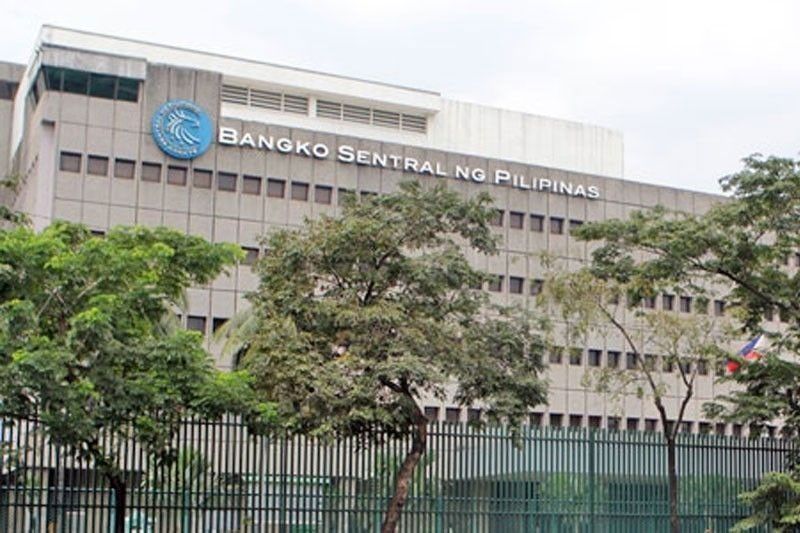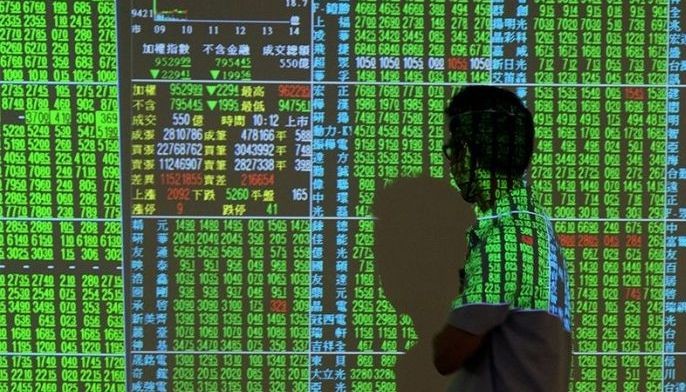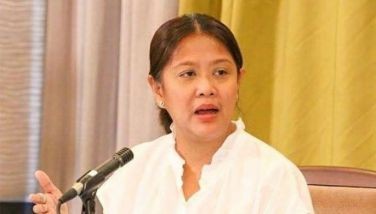NPL ratio eases to 3.43% in September

MANILA, Philippines — The bad debts of Philippine banks continued to fall, resulting in the further easing of the industry’s non-performing loan (NPL) ratio for seven straight months, to hit the lowest level in more than two years despite the series of rate hikes to tame inflation and stabilize the peso, the Bangko Sentral ng Pilipinas (BSP) said.
Preliminary data from the BSP showed the industry’s NPL ratio improved further to 3.43 percent in September from 3.53 percent in August. This was the lowest since the 2.85 percent recorded in August 2020.
The share of soured loans to the total loans of Philippine banks has been easing since March amid the further reopening of the economy as the COVID quarantine and lockdown protocols in the National Capital Region (NCR) and nearby areas shifted to Alert Level 1.
The NPL ratio of Philippine banks peaked at 4.51 percent in July and August last year as the economy struggled due to the impact of the pandemic.
The banking sector’s bad debts declined by 14.6 percent to P415.22 billion in end-September from P486.36 billion in the same period last year, while loan growth accelerated to 10.3 percent, as banks disbursed P12.09 trillion from P10.96 trillion as the economy further reopens.
Likewise, the banking sector’s past due loans decreased by 14.5 percent to P488.71 billion from P571.6 billion, while restructured loans slipped by 1.7 percent to P333.61 billion in September from P339.27 billion in the same month last year.
Meanwhile, allowance for credit losses rose by 3.4 percent to P424.64 billion in end-September from P410.6 billion a year earlier. This translated to a loan loss reserve level of 3.51 percent and an NPL coverage ratio of 102.27 percent.
The BSP earlier projected that the NPL ratio of Philippine banks would accelerate and peak at 8.2 percent for this year.
The BSP has so far raised interest rates by 225 basis points, bringing the benchmark rate to 4.25 percent from an all-time low of two percent, to fight inflation and smoothen volatility in the foreign exchange market amid the aggressive rate hikes by the US Federal Reserve.
As part of its commitment to match the interest rate increases delivered by the US Fed, BSP Governor Felipe Medalla earlier signaled another huge 75-basis-point hike on Nov. 17.
This would bring the overnight reverse repurchase rate to five percent, the highest since 2009.
Inflation averaged 5.4 percent after quickening to a 14-year high of 7.7 percent in October from 6.9 percent in September. It has stayed above the BSP’s two to four percent target range.
On the other hand, the tightening, as well as active intervention in the foreign exchange market, helped boost the peso back to 57 to $1 from an all-time low of 59 to $1 last October. The local currency has returned to 58 to $1.
As inflation bites, affecting consumer spending, economists are expecting a slower gross domestic product (GDP) growth for the third quarter of the year from 7.4 percent in the second quarter and 8.2 percent in the first quarter.
The Philippines emerged from the pandemic-induced recession with a gross domestic product growth of 5.7 percent last year after shrinking by 9.6 percent in 2020.
- Latest
- Trending































